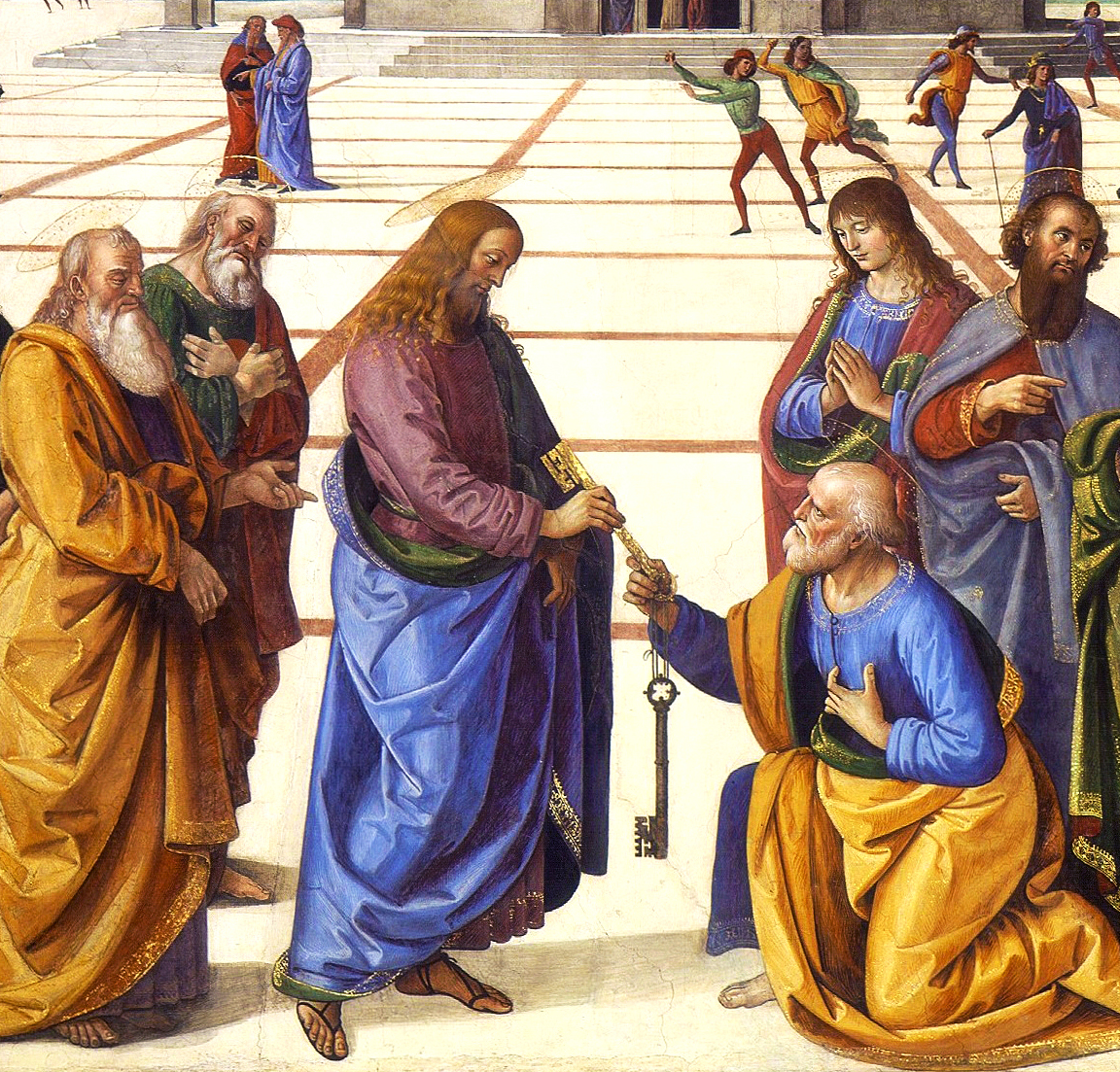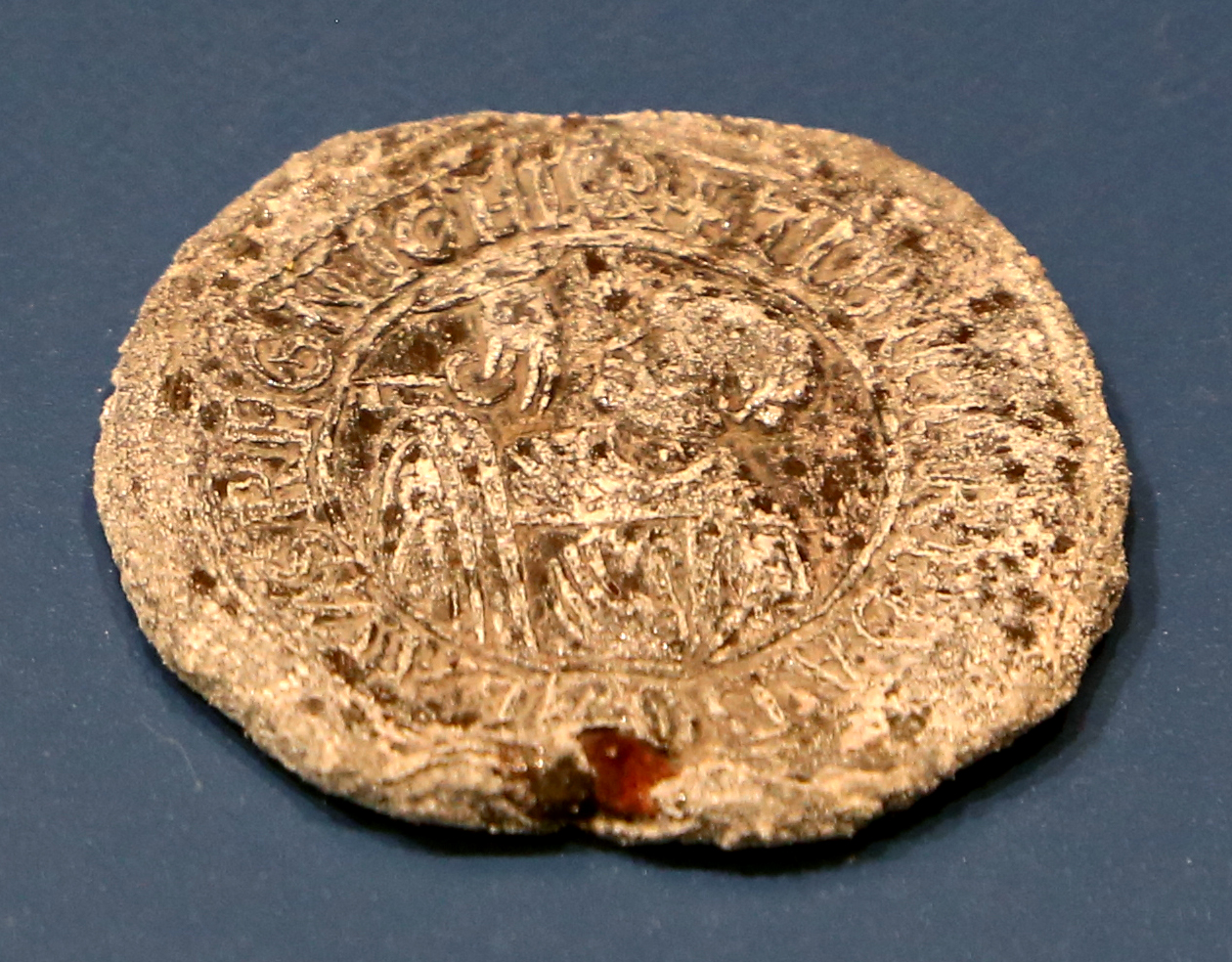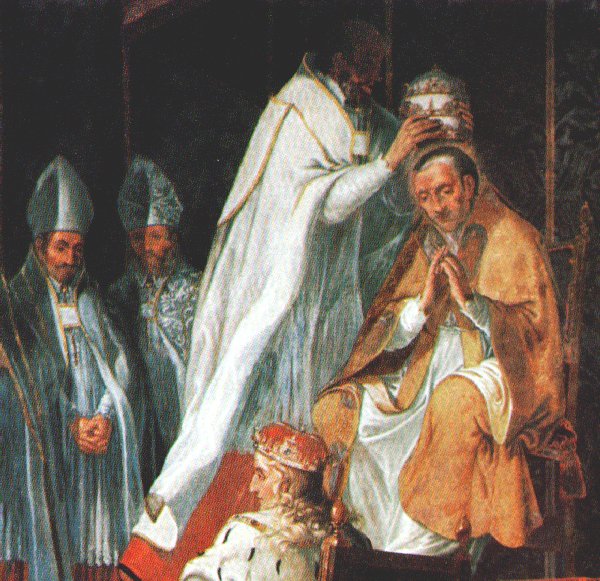|
Papal Appointment
Papal appointment was a medieval method of selecting a pope. Popes have always been selected by a council of Church fathers, however, Papal selection before 1059 was often characterized by confirmation or nomination by secular European rulers or by their predecessors.Fanning, William. "Papal Elections." The Catholic Encyclopedia Vol. 11. New York: Robert Appleton Company, 1911. 6 October 2017] The later procedures of the papal conclave are in large part designed to constrain the interference of secular rulers which characterized the first millennium of the Roman Catholic Church, and persisted in prac ... [...More Info...] [...Related Items...] OR: [Wikipedia] [Google] [Baidu] |
Holy Roman Emperor
The Holy Roman Emperor, originally and officially the Emperor of the Romans ( la, Imperator Romanorum, german: Kaiser der Römer) during the Middle Ages, and also known as the Roman-German Emperor since the early modern period ( la, Imperator Germanorum, german: Römisch-deutscher Kaiser, lit, Roman-German emperor), was the ruler and head of state of the Holy Roman Empire. The title was held in conjunction with the title of king of Italy (''Rex Italiae'') from the 8th to the 16th century, and, almost without interruption, with the title of king of Germany (''Rex Teutonicorum'', lit. "King of the Teutons") throughout the 12th to 18th centuries. The Holy Roman Emperor title provided the highest prestige among medieval Roman Catholic monarchs, because the empire was considered by the Roman Catholic Church to be the only successor of the Roman Empire during the Middle Ages and the early modern period. Thus, in theory and diplomacy, the emperors were considered '' primus inter ... [...More Info...] [...Related Items...] OR: [Wikipedia] [Google] [Baidu] |
Council Of Rome
The Council of Rome was a meeting of Catholic Church officials and theologians which took place in AD 382 under the authority of Pope Damasus I, the then-Bishop of Rome. According to the (a work written by an anonymous scholar between AD 519 and 553), the Council of Rome cites a list of books of scripture presented as having been made canonical which is identical with the list given at the Council of Trent., but indeed no official acts have been preserved and Jerome never mentions such a list. The previous year, the Emperor Theodosius I had appointed the "dark horse" candidate Nectarius as Archbishop of Constantinople. The bishops of the West opposed the election result and asked for a common synod of East and West to settle the succession of the see of Constantinople, and so the Emperor Theodosius, soon after the close of the First Council of Constantinople in 381, summoned the Imperial bishops to a fresh synod at Constantinople; nearly all of the same bishops who had atten ... [...More Info...] [...Related Items...] OR: [Wikipedia] [Google] [Baidu] |
Council Of Antioch
Beginning with three synods convened between 264 and 269 in the matter of Paul of Samosata, more than thirty councils were held in Antioch in ancient times. Most of these dealt with phases of the Arian and of the Christological controversies. For example, the ''Catholic Encyclopedia'' article on Paul of Samosata states: The most celebrated convened in the summer of 341 at the dedication of the Domus Aurea, and is therefore called ' or dedication council. Nearly a hundred Eastern bishops were present, but the bishop of Rome was not represented. The emperor Constantius II attended in person. The Synods of Antioch in 264-269 The Synod of Antioch in 341 The council approved three creeds. Whether or not the so-called "fourth formula" is to be ascribed to a continuation of this synod or to a subsequent but distinct assembly of the same year, its aim is like that of the first three; while repudiating certain Arian formulas it avoids the orthodox term ''homoousios'', fiercely adv ... [...More Info...] [...Related Items...] OR: [Wikipedia] [Google] [Baidu] |
Pope Nicholas II
Pope Nicholas II ( la, Nicholaus II; c. 990/995 – 27 July 1061), otherwise known as Gerard of Burgundy, was the head of the Catholic Church and ruler of the Papal States from 24 January 1059 until his death in 27 July 1061. At the time of his election, he was bishop of Florence. During his Papacy, Nicholas II successfully expanded the influence of the papacy in Milan and southern Italy. He was also responsible for passing papal election reforms which resulted in greater papal influence in electing new Popes. Early life Gerard of Burgundy was born in Chevron, in what is now Savoy. He was canon at Liège. In 1046 he became bishop of Florence, where he restored the canonical life among the clergy of numerous churches.Weber, Nicholas. "Pope Nicholas II." The Catholic Encyclopedia Vol. 11. New Y ... [...More Info...] [...Related Items...] OR: [Wikipedia] [Google] [Baidu] |
Pope Gregory VII
Pope Gregory VII ( la, Gregorius VII; 1015 – 25 May 1085), born Hildebrand of Sovana ( it, Ildebrando di Soana), was head of the Catholic Church and ruler of the Papal States from 22 April 1073 to his death in 1085. He is venerated as a saint in the Catholic Church. One of the great reforming popes, he is perhaps best known for the part he played in the Investiture Controversy, his dispute with Emperor Henry IV that affirmed the primacy of papal authority and the new canon law governing the election of the pope by the College of Cardinals. He was also at the forefront of developments in the relationship between the emperor and the papacy during the years before he became pope. He was the first pope in several centuries to rigorously enforce the Western Church's ancient policy of celibacy for the clergy and also attacked the practice of simony. Gregory VII excommunicated Henry IV three times. Consequently, Henry IV would appoint Antipope Clement III to oppose him in the poli ... [...More Info...] [...Related Items...] OR: [Wikipedia] [Google] [Baidu] |
Confirmation Of Bishops
In canon law the confirmation of a bishop is the act by which the election of a new bishop receives the assent of the proper ecclesiastical authority. Early history In the early centuries of the history of the Christian Church the election or appointment of a suffragan bishop was confirmed and approved by the metropolitan and his suffragans assembled in synod. By the 4th Canon of the First Council of Nicaea (325 AD), however, it was decreed that the right of confirmation should belong to the metropolitan bishop of each province, a rule confirmed by the 12th Canon of the Council of Laodicaea. For the appointment of a metropolitan no papal confirmation was required either in the West or East; but the practice which grew up, from the 6th century onwards, of the popes presenting the pallium, at first ''honoris causa'', to newly appointed metropolitans gradually came to symbolize the licence to exercise metropolitan jurisdiction. By the 8th and 9th centuries, the papal right of confirm ... [...More Info...] [...Related Items...] OR: [Wikipedia] [Google] [Baidu] |
Investiture Controversy
The Investiture Controversy, also called Investiture Contest ( German: ''Investiturstreit''; ), was a conflict between the Church and the state in medieval Europe over the ability to choose and install bishops ( investiture) and abbots of monasteries and the pope himself. A series of popes in the 11th and 12th centuries undercut the power of the Holy Roman Emperor and other European monarchies, and the controversy led to nearly 50 years of conflict. It began as a power struggle between Pope Gregory VII and Henry IV (then King, later Holy Roman Emperor) in 1076. The conflict ended in 1122, when Pope Callixtus II and Emperor Henry V agreed on the Concordat of Worms. The agreement required bishops to swear an oath of fealty to the secular monarch, who held authority "by the lance" but left selection to the church. It affirmed the right of the church to invest bishops with sacred authority, symbolized by a ring and staff. In Germany (but not Italy and Burgundy), the Emper ... [...More Info...] [...Related Items...] OR: [Wikipedia] [Google] [Baidu] |
Antipope
An antipope ( la, antipapa) is a person who makes a significant and substantial attempt to occupy the position of Bishop of Rome and leader of the Catholic Church in opposition to the legitimately elected pope. At times between the 3rd and mid-15th centuries, antipopes were supported by important factions within the Church itself and by secular rulers. Sometimes it was difficult to distinguish which of two claimants should be called pope and which antipope, as in the case of Pope Leo VIII and Pope Benedict V. Persons who merely claim to be pope and have few followers, such as the modern conclavist antipopes, are not classified with the historical antipopes. History Hippolytus of Rome (d. 235) is commonly considered to be the earliest antipope, as he headed a separate group within the Church in Rome against Pope Callixtus I. Hippolytus was reconciled to Callixtus's second successor, Pope Pontian, and both he and Pontian are honoured as saints by the Catholic Church w ... [...More Info...] [...Related Items...] OR: [Wikipedia] [Google] [Baidu] |
Papal Coronation
A papal coronation is the formal ceremony of the placing of the papal tiara on a newly elected pope. The first recorded papal coronation was of Pope Nicholas I in 858. The most recent was the 1963 coronation of Paul VI, who soon afterwards abandoned the practice of wearing the tiara. To date, none of his successors have used the tiara, and their papal inauguration celebrations have included no coronation ceremony, although any future pope may elect to restore the use of the tiara at any point during his pontificate. The papal inauguration celebration, with or without a coronation, has only symbolic significance, as a pope assumes office immediately on giving his consent to a valid election. In Spanish, the term (English: "pontifical coronation") is sometimes used for the canonical coronation of religious images through a formal, expressed decree by a reigning pope. Ritual When a conclave elects a new pope, he assumes all of the rights and authority of the papacy immedia ... [...More Info...] [...Related Items...] OR: [Wikipedia] [Google] [Baidu] |




